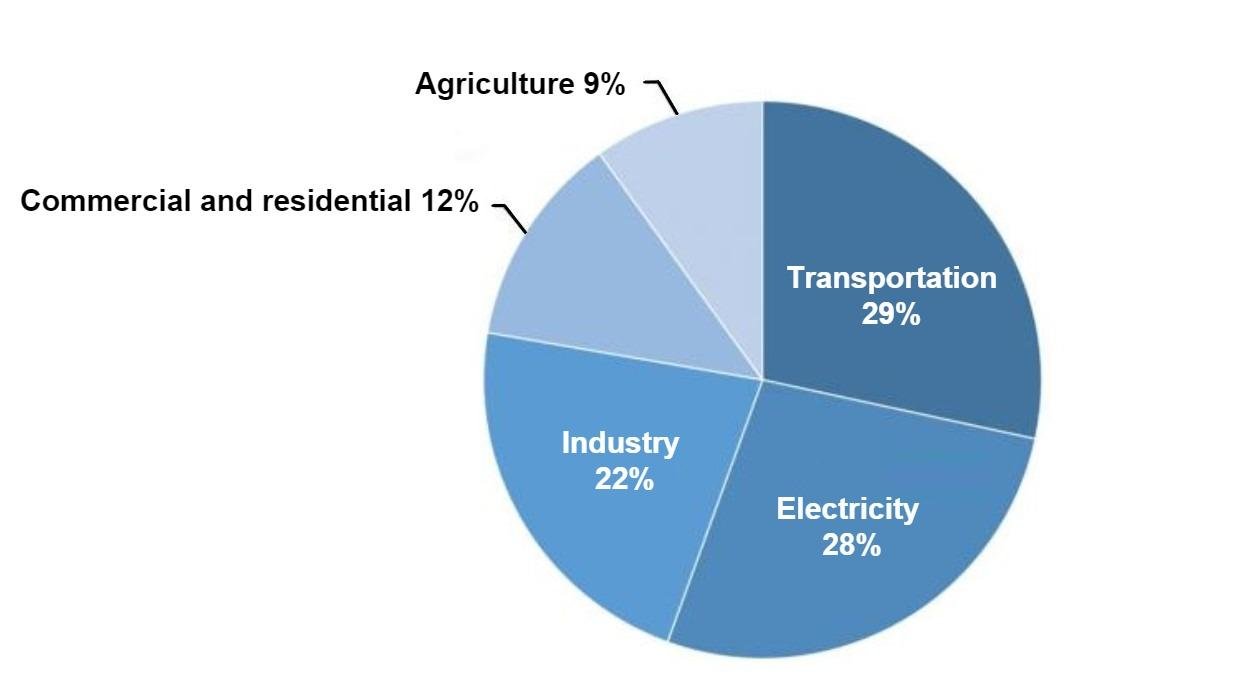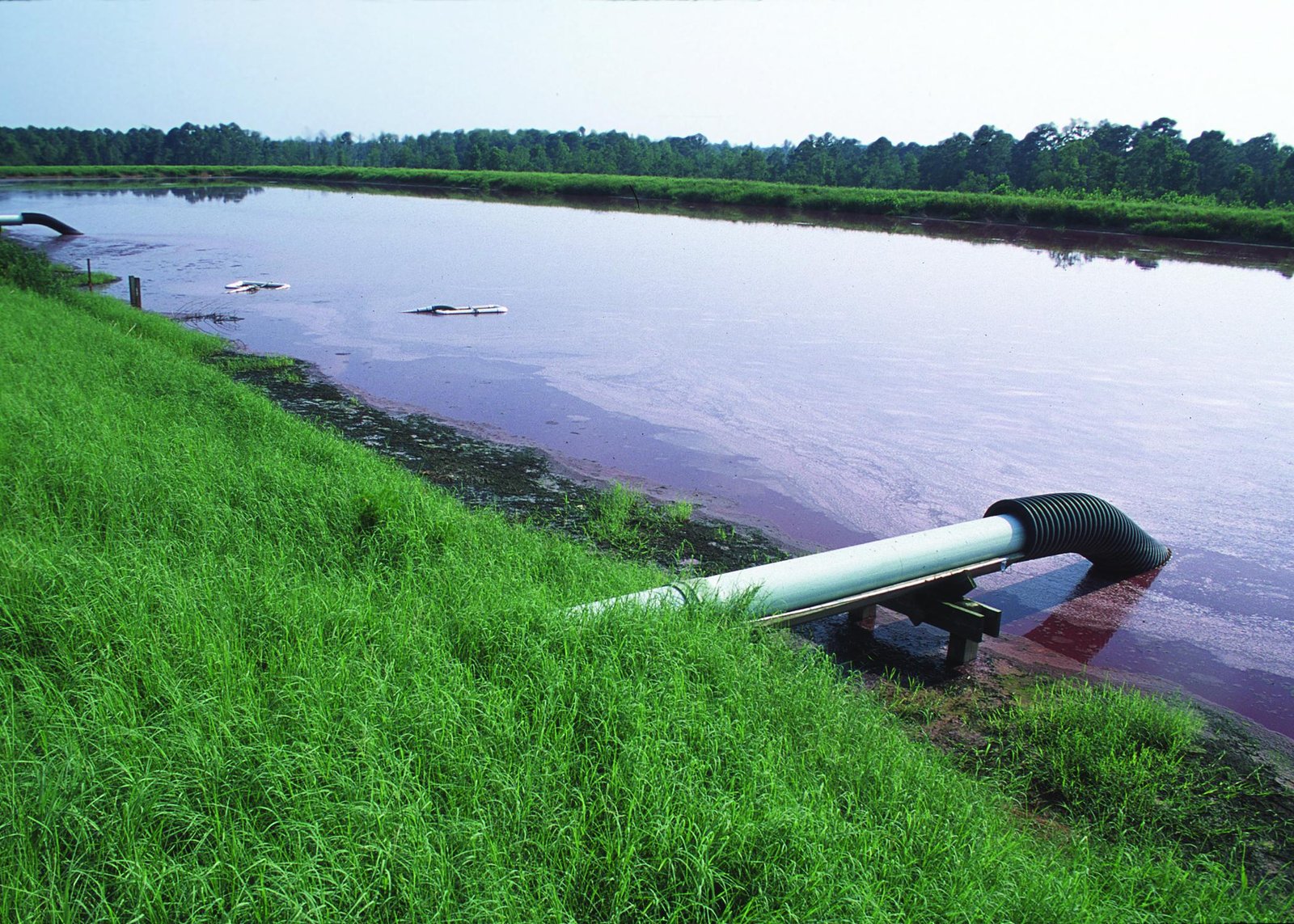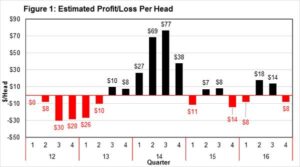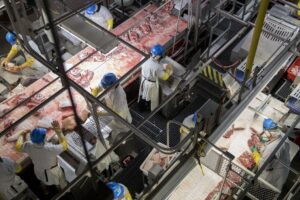
What Impact Does Pork Farming Have on the Habitat?
Pork production represents a significant segment of global agriculture, with far-reaching environmental implications that merit thorough examination. The industry, which sustains millions of livelihoods worldwide, simultaneously poses considerable ecological challenges.These impacts vary dramatically depending on production methods, geographical location, and regulatory frameworks.
Water consumption in pork farming is staggering. A typical hog requires between 1,500 and 2,500 gallons of water throughout its lifetime, excluding the considerable quantities needed for processing. This water footprint extends beyond direct consumption to include crop irrigation for feed production. When considering that corn and soybeans—common pig feed components—require extensive irrigation in many regions, the aggregate water demand becomes even more consequential.
Land use presents another critical concern. Modern pig farms utilize acreage more efficiently than conventional methods, but the land needed for feed production dwarfs the direct operational footprint. Approximately 4-5 pounds of grain produces a single pound of pork, a conversion ratio that, while more efficient then beef production, still represents significant resource allocation. The expansion of cropland for feed has contributed to deforestation in certain regions, notably in South America where soy cultivation continues to encroach upon sensitive ecosystems.
Waste management constitutes perhaps the most visible environmental challenge. A mature hog produces roughly 1.5 tons of manure annually. When managed properly, this waste serves as valuable fertilizer that returns nutrients to agricultural soils. However, mishandled waste can lead to devastating consequences. Nutrient runoff containing nitrogen and phosphorus frequently contaminates waterways,leading to eutrophication—excessive algae growth that depletes oxygen levels and creates “dead zones” inhospitable to aquatic life.
Atmospheric impacts can’t be overlooked. The industry’s carbon footprint stems from multiple sources.Methane emissions from waste lagoons contribute significantly to greenhouse gas concentrations, while transportation and energy requirements for climate-controlled facilities add to the carbon burden. Some progressive operations have begun implementing methane capture systems, which convert this potent greenhouse gas into usable energy, simultaneously reducing emissions and operating costs.
Recent innovations are mitigating certain environmental impacts. Precision feeding techniques reduce excess nutrients in waste. Advanced waste treatment technologies minimize contamination risks,while integrated farming systems create cyclical resource flows where waste becomes valuable input. These approaches demonstrate that pork production can become more environmentally compatible through technological adaptation and thoughtful management.
The regulatory landscape governing environmental aspects of pork production varies widely. Some regions impose strict regulations on waste management, buffer zones, and emission controls; others provide minimal oversight, creating environmental protection disparities across production regions.
Consumer choices increasingly influence production practices as well. The growing demand for sustainably raised pork has prompted some producers to adopt environmentally friendlier approaches, although these typically command premium prices that limit their market penetration.
Industry consolidation remains a concerning trend, concentrating massive numbers of animals in limited geographical areas and intensifying localized environmental pressures. This concentration of production has transformed the environmental footprint from being widely distributed to being heavily concentrated in specific regions.
The environmental impacts of pork farming present no simple solutions.The industry’s complex relationship with ecosystems necessitates multifaceted approaches that balance production needs with environmental stewardship. As global demand for protein continues rising, finding this balance becomes increasingly urgent for ensuring both food security and ecological sustainability.





